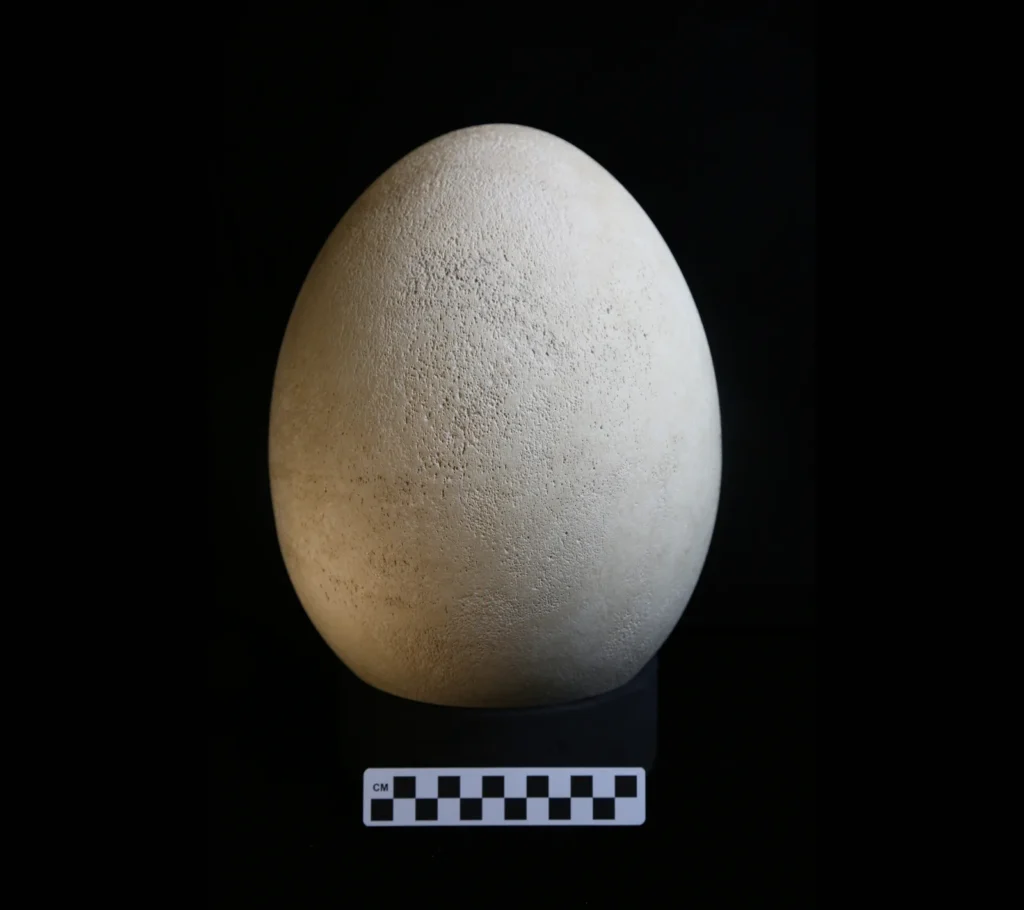
In the realm of natural wonders, few artifacts captivate the imagination quite like the egg of the elephant bird. This colossal relic, hailing from the island of Madagascar, offers a tantalizing glimpse into a prehistoric world inhabited by giant birds and lost ecosystems. As scientists continue to unravel its secrets, the elephant bird egg stands as a testament to the marvels of evolution and the fragility of life on Earth.
A Monumental Discovery
The story of the elephant bird egg begins in the 17th century when European explorers first encountered the colossal bones and mysterious eggs scattered across the island of Madagascar. Initially dismissed as the remains of mythical creatures, these artifacts soon captured the attention of naturalists and collectors eager to unlock their secrets.
Among these treasures, none were more remarkable than the eggs of the elephant bird (Aepyornis maximus), a towering avian giant that once roamed the forests and grasslands of Madagascar. Measuring up to a meter in circumference and weighing as much as 12 kilograms, these eggs dwarfed those of any modern bird, earning the elephant bird its place as the largest bird to have ever lived.
A Window into the Past
For centuries, the elephant bird egg remained a mystery, its origins shrouded in speculation and myth. It wasn’t until the 19th century that scientists began to unravel the enigma of these colossal ovoids, piecing together clues from fossilized bones, ancient DNA, and the oral traditions of the Malagasy people.
Through their investigations, researchers discovered that the elephant bird was not merely a creature of legend but a real-life denizen of Madagascar’s ancient ecosystems. Belonging to a group of flightless birds known as ratites, which includes ostriches and emus, the elephant bird evolved in isolation on the island, growing to immense sizes in the absence of predators and competition.
Unraveling the Mysteries
Despite their impressive size, elephant birds were not immune to the pressures of environmental change and human activity. By the time humans arrived on Madagascar around 2,500 years ago, these majestic birds were already in decline, their populations dwindling in the face of habitat loss and hunting.
The discovery of elephant bird eggs in archaeological sites across Madagascar provides valuable insights into the lives of these ancient giants and the ecological dynamics of the island. By analyzing the chemical composition of the eggshells and studying the growth patterns preserved within, scientists can reconstruct the diet, behavior, and reproductive strategies of these long-extinct birds.
Preserving a Legacy
Today, the elephant bird egg stands as a symbol of Madagascar’s rich natural heritage and the importance of conservation in preserving its unique ecosystems. While the elephant bird may have vanished from the earth, its legacy lives on in the fragments of shell and bone scattered across the island, waiting to be discovered and studied by future generations of scientists.
As we marvel at the monumental proportions of the elephant bird egg, let us also reflect on the fragility of life on Earth and the importance of protecting the planet’s biodiversity for generations to come. In unlocking the mysteries of the past, we gain a deeper appreciation for the wonders of the natural world and the interconnectedness of all living things.